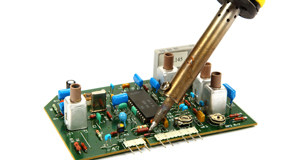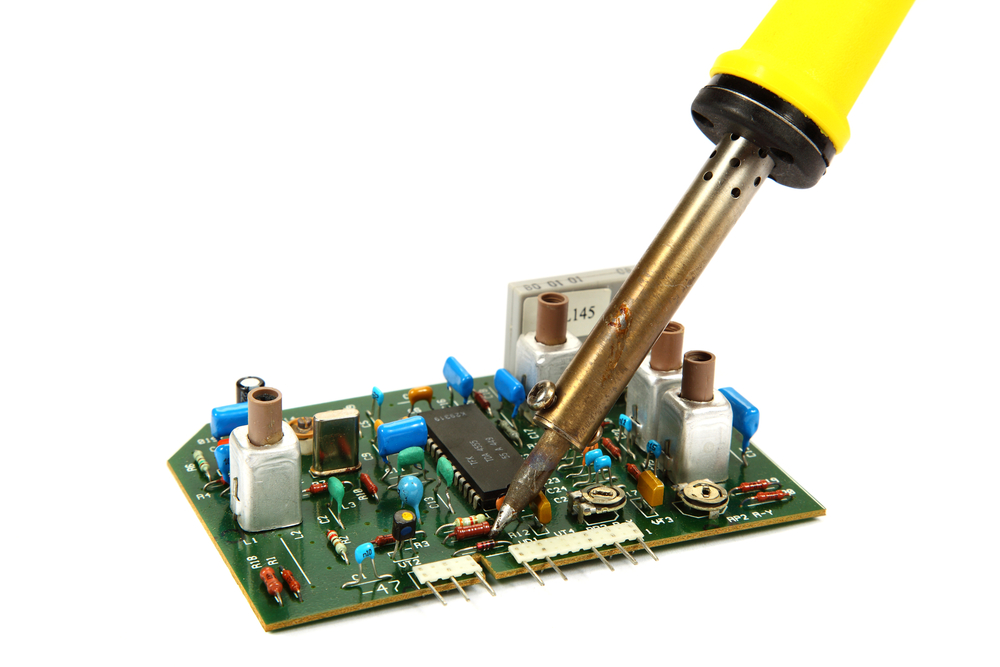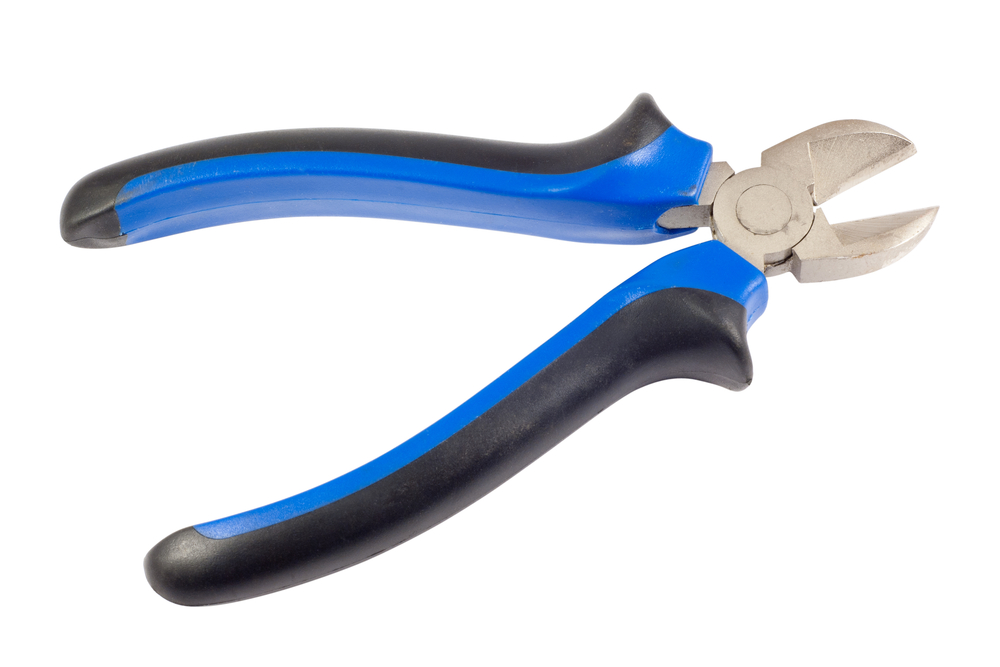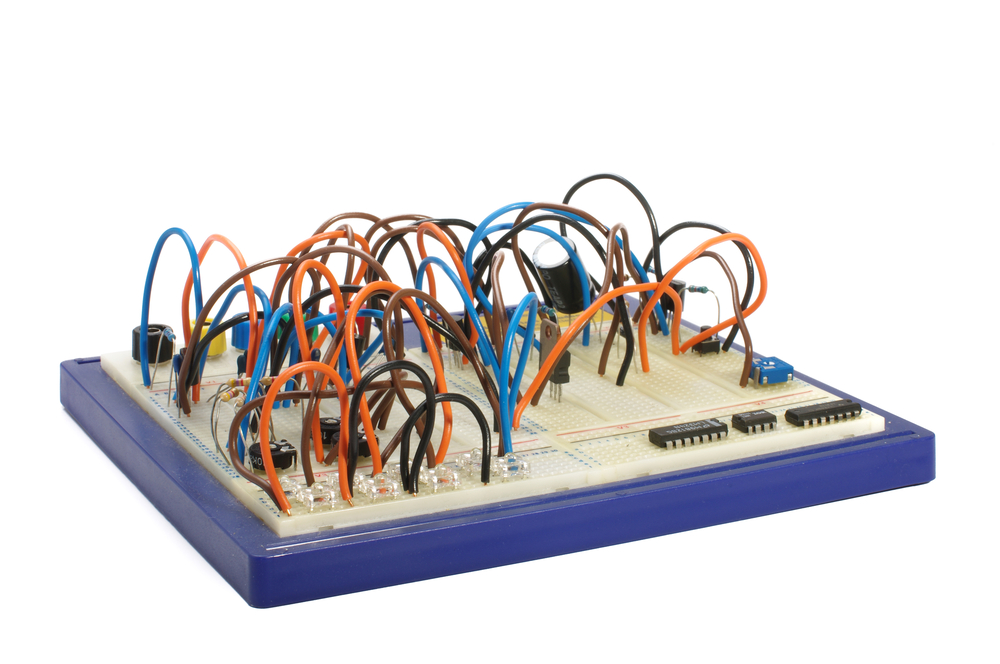
Before you start any engineering project, make sure you make a list of tools needed for your experiment. Not having the right tools can cause problems such as time wastage and a lack of budget.
There are two types of tools needed for electronic engineering experiments; these include software tools and hardware tools. The tools generally depend on the type of project you are carrying out; we’ve made a list of essential hardware tools to help make it easier to narrow down which tools you may need for your specific project.
Soldering

Soldering involves joining two or more metal pieces through a filler metal by melting it. Soldering is generally used by electronic engineers and requires essential tools to carry out.
Soldering Iron
A soldering iron provides heat to melt the solder in order for the joint to be filled between two work pieces. The iron has a heated metal tip and an insulated handle and is generally used for repairs, installation and assembly production work. The many types of soldering irons include: cordless irons, soldering stations, simple irons and temperature-controlled soldering irons.
Soldering Iron Stand
A soldering iron stand should be used to hold the iron whilst hot. The stand can easily be built using a wire spring, spoon and wooden piece. They are also available to purchase but check the size of your iron before as there are many different shapes and sizes available.
Solder
Solder is a low melting alloy and is used to join two pieces of metal. Its melting point will always be lower than that of the metal and is generally based on lead, tin, brass or silver.
Soldering Gun
A soldering gun is used to solder metals by using solder. It is usually used with a tin-based solder to help achieve greater strengths and bonds. A soldering gun should be used when more heat is required than what can be achieved from a soldering iron. The gun’s tip gets cool quickly in order for you to use it after a few seconds. We advise that you use the temperature-controlling button with care to help avoid any injuries or damages.
Solder Sucker
To remove soldering, you can use a solder sucker. This can commonly be used for repair, maintenance and replacement processes and is known as de-soldering. To de-solder, heating the joint is required followed by removing it by the sucker. The 3 types of soldering suckers available are the bulb, the plungers and the electric vacuum.
Cutting Tools
Additionally, there are many general tools needed during electronics projects, most of which are used for cutting purposes.

Wire Cutters
Wire cutters are cutting tools used during many electronic engineering projects and come in many different shapes and sizes.
Wire Strippers
Wire strippers are small tools used for stripping electrical insulation. They are a hand held tool and are available at a range of prices.
Making Measurements
Multi Meter
A multi-meter measures voltage, current and resistance and can be used as a handheld device. They can be used to find electrical problems in both industrial and household devices, including electronic equipment, motor controls, domestic appliances, power supplies and wiring systems.
Oscilloscope
An oscilloscope measures two different things: these are voltage and time or frequency. They come in a variety of forms, including digital, analogue and cathode-ray and the different models available are Dual Beam, Cathode Ray, Digital and hand held. Oscilloscopes are used to observe the change over time in an electronic signal, such as the voltage and time.
Prototyping tools
Breadboard
 A breadboard can easily be used for university or school products as it’s reusable. It is a solderless board and is usually a construction base for prototyping electronics. The breadboard is nickel, silver or tin plated and mostly uses jump wires. It also has a horizontal connection point.
A breadboard can easily be used for university or school products as it’s reusable. It is a solderless board and is usually a construction base for prototyping electronics. The breadboard is nickel, silver or tin plated and mostly uses jump wires. It also has a horizontal connection point.
Jumper Wires
To make connections on the breadboard, jumper wires are generally used. They can also be connected to separate boards or devices as they are generally compatible with 2.54mm or 2mm headers.





Leave a Reply